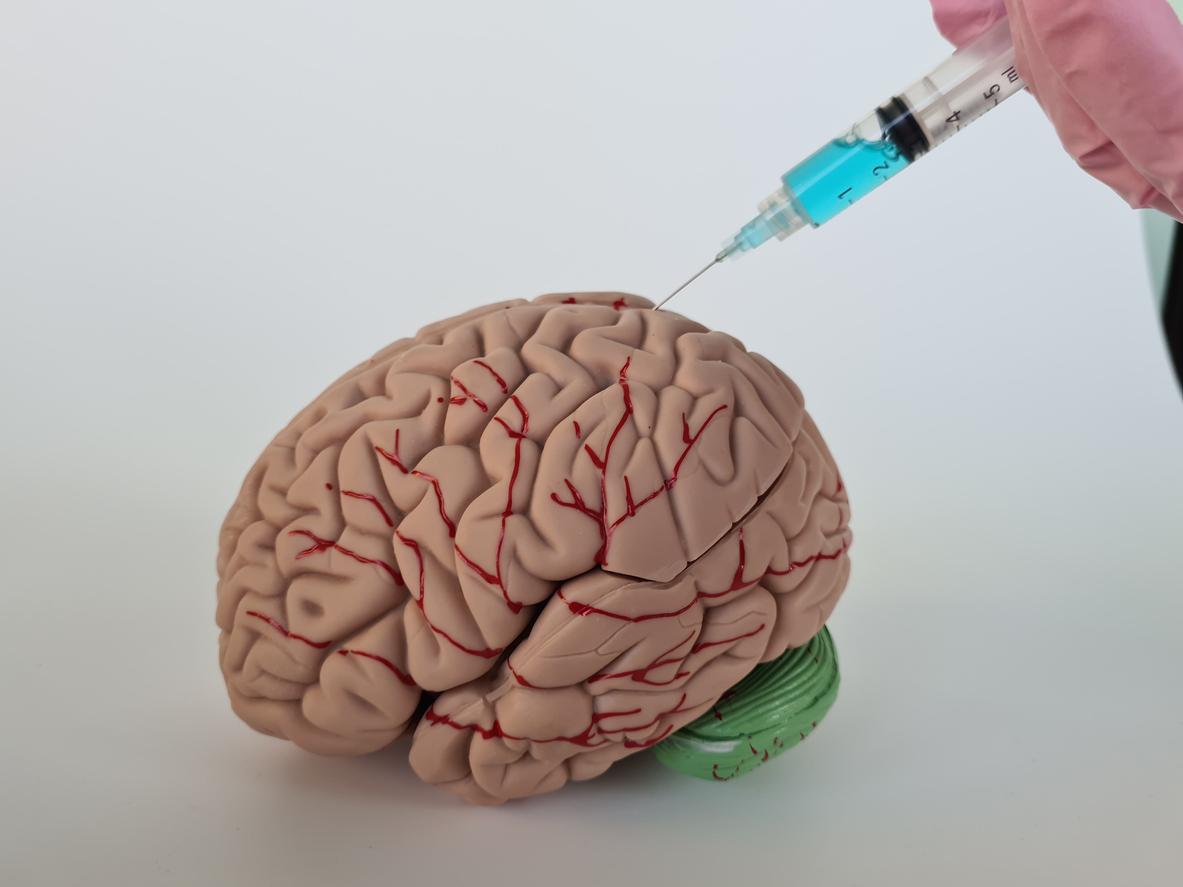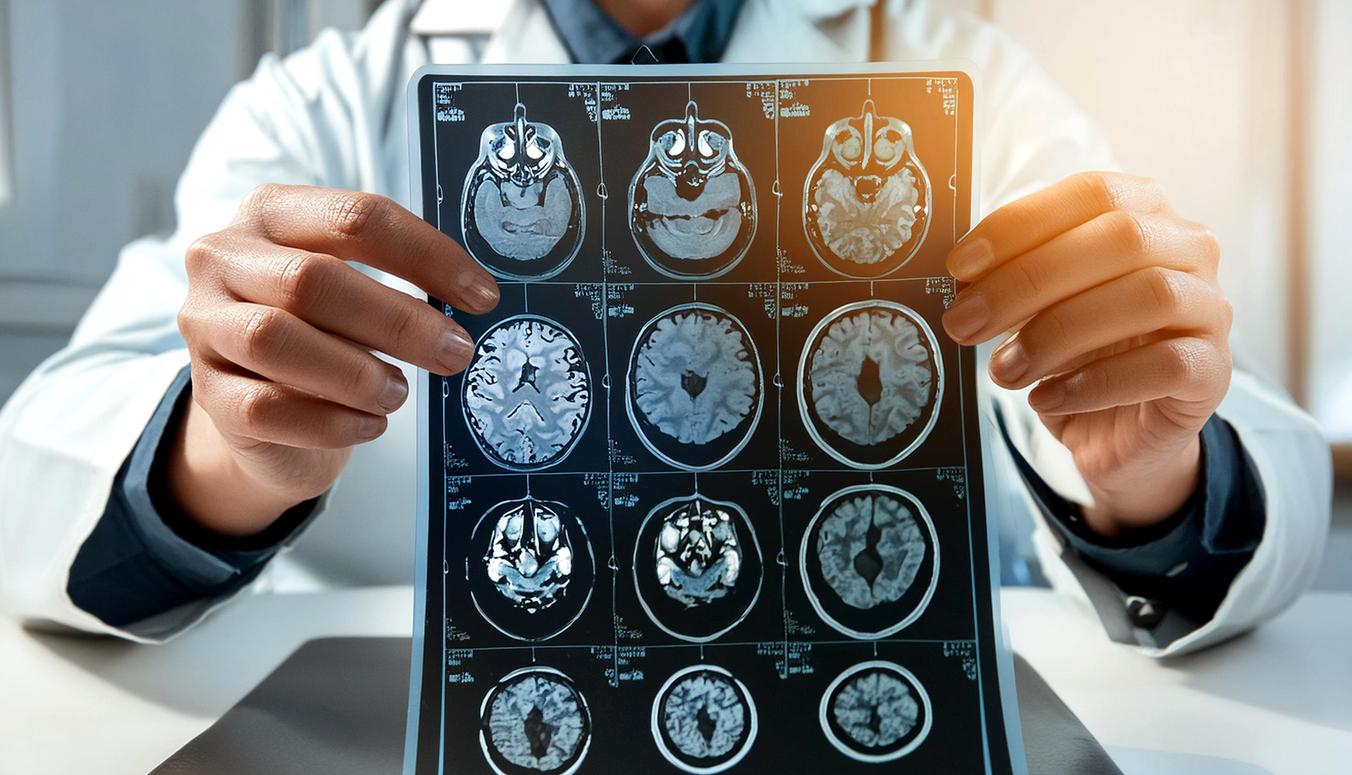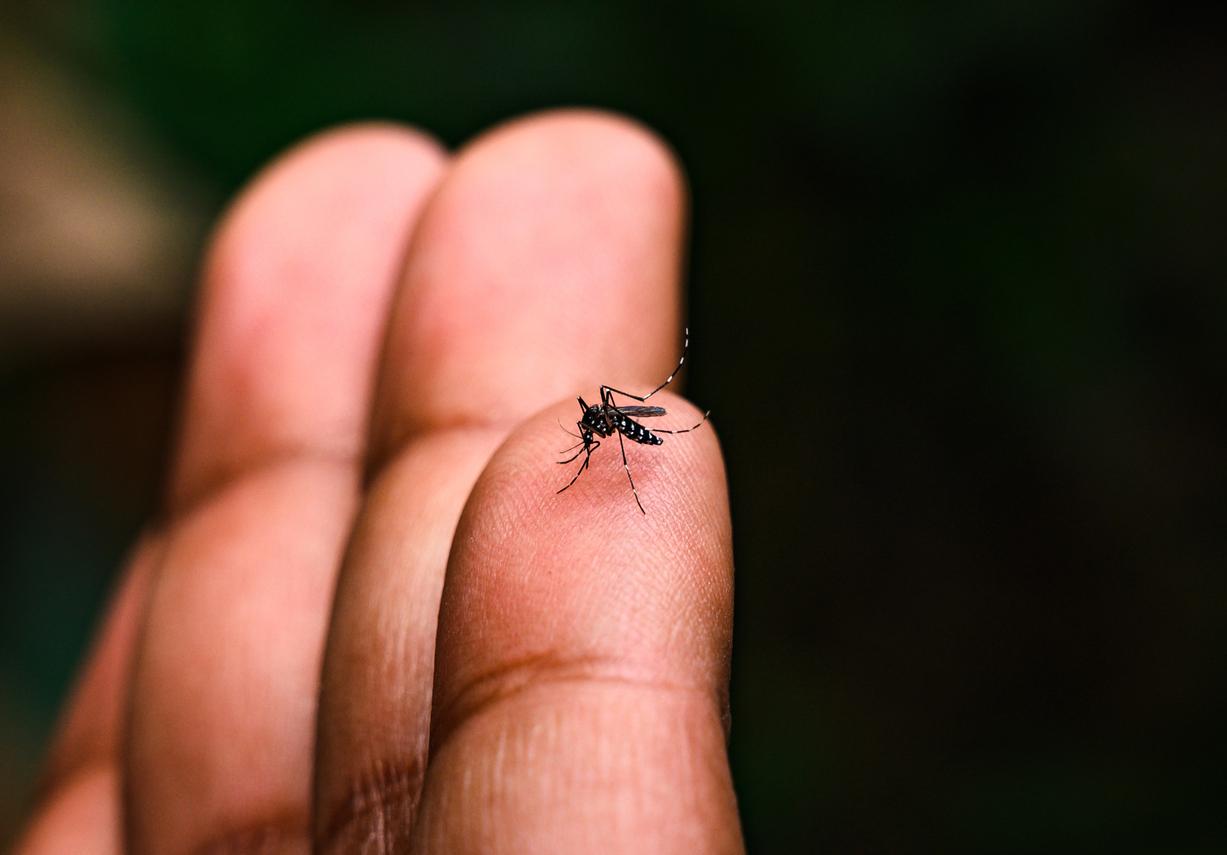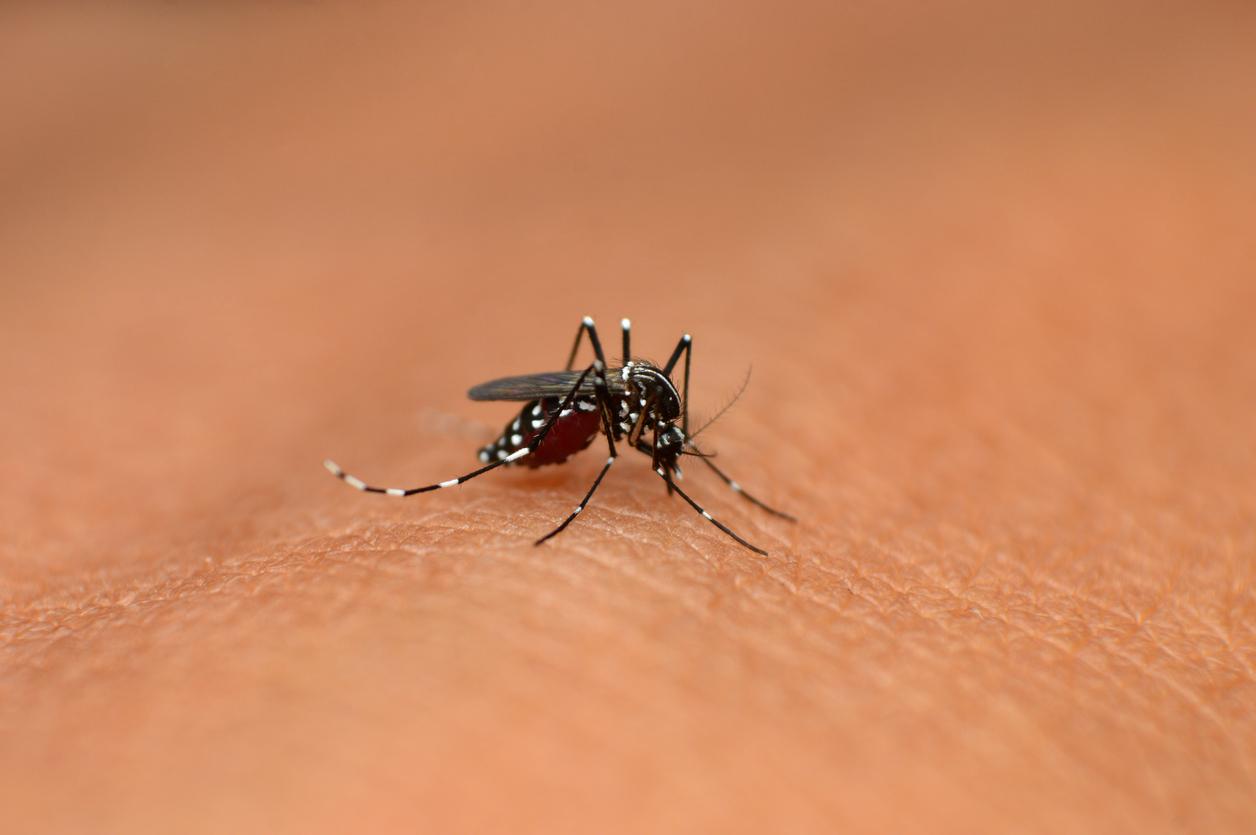Chikungunya is an infectious disease caused by a virus transmitted to humans by the tiger mosquito. This virus has caused recent epidemics, particularly on Reunion Island. Those affected suffer from high fevers and intense joint and muscle pain that can persist for several months. But for now, doctors have not yet discovered a cure and can only relieve the symptoms.
New treatment perspectives
Until now, the mechanisms that allow the virus to infect human cells and multiply remained very poorly understood. But Inserm researchers, in collaboration with the Pasteur Institute, have just identified a protein which appears to be crucial for the replication of the virus in the patient’s cells. their work, published in the journal Natureopen new therapeutic perspectives in the fight against chikungunya.
“This protein (called FHL1) is a molecule present mainly in muscle cells and fibroblasts, the preferred targets of the virus. In normal times, it participates in the functioning of healthy muscle but it would be diverted from this function by the virus to ensure its replication in target cells” explain the researchers. The precise role of FHL1 in viral infection is not yet fully understood. The researchers will now attempt to decipher the mode of action of the protein at the molecular level.
Read also :
- Chikungunya: indigenous cases in the Var
- Chikungunya: a real risk in France
- Chikungunya: the trail of a vaccine















